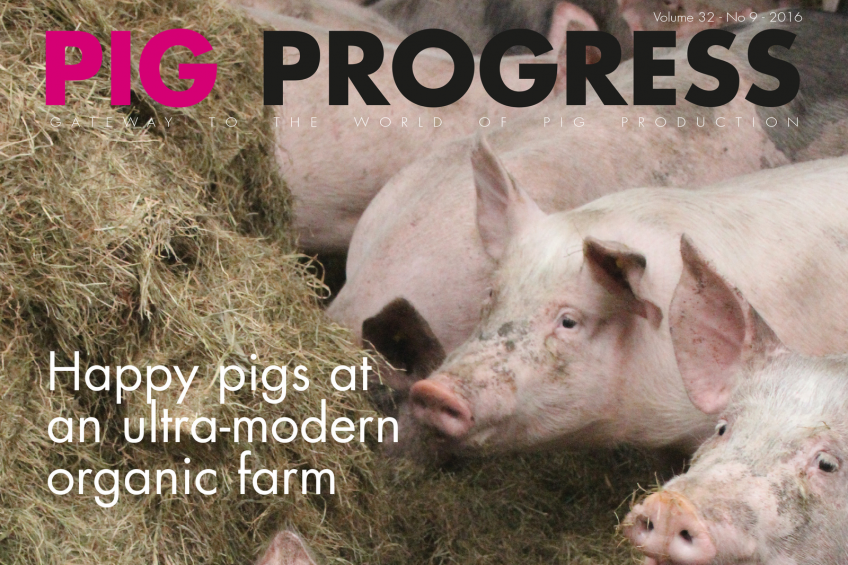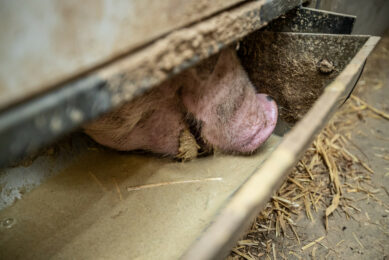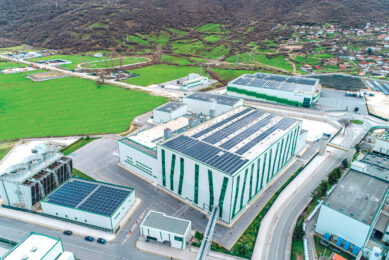Pig Progress 9: Organic farming and sustainability

The ninth edition of Pig Progress in 2016 takes a look at an organic pig farm in the Netherlands. In addition, we took a look at the theme of sustainability in breeding.
That organic pig farming can be much more than having pigs run into a meadow is proven by Francisca and Jan Wennekers at their farm ‘Ekovar’ near Schagen, the Netherlands. They recently expanded their organic farm with 4 large finisher buildings for 350 animals each – and had these equipped with automatic feeders.
The buildings were designed like ‘dykes’ to fit into the Dutch landscape. In addition, finisher pigs are provided both straw and silage – something the finishers craved for the moment a new pile was trucked in. Page 20
Sustainability and stress
Do sustainability and breeding issues go together well? Surely they do, but it often depends on what definition of ‘sustainability’ the speaker takes. Correspondent and genetics expert Benny van Haandel explains in a long essay. Page 28

Stress is a topic Prof Janeen Salak-Johnson often speaks of during her lectures and studies at the University of Illinois, US – and so she does in this month’s interview. Not all stress is bad, she says, as sometimes it helps pigs to overcome nasty situations. Page 14

Heating up barns & pork market in Japan
It is well known that sows like a colder environment than their piglets – but how low can temperatures actually be? Research by scientists at the Prairie Swine Centre, Canada, indicates that perhaps a much lower temperature can be used than was hitherto thought. Page 8

Pig Progress’ contributor Dr John Strak took a look in one of the world’s largest pork import markets: Japan. How important is its market now China has become the world’s largest importer of pork? How does the election of president Trump affect future trade opportunities? Page 10

Lung health: M. hyo vaccination
Mycoplasma hyopneumoniae is one of the more prevalent respiratory diseases for swine, although immunity against the bacteria is still not fully understood. Roman Krejci, Ceva Animal Health, describes the latest developments in getting a better grip on M. hyo vaccine efficacy. Page 23

Liquid methionine
Serving liquid methionine to sows has various advantages, write Dolores I. Batonon-Alavo and Yves Mercier from French animal nutrition company Adisseo. Recent research from China has shown for instance that suckling piglets appeared to benefit from the addition of liquid methionine in their mother’s diets. Page 26

Columns on lameness and colostrum
Monique Pairis-Garcia zooms into the topic of lameness in sows this month – a common reason for culling sows. Page 34
In addition, columnist John Gadd updates his readers on colostrum and explains the importance of ‘hand management’. Page 17
For these and more articles see our digital section – Pig Progress 2016 – 9











